Everyone knows data is valuable when it’s collected, stored, and analyzed. Businesses build entire strategies around capturing as much of it as possible, hoping to squeeze out insights that give them an advantage. But what about the data you don’t store? The transactions you never log, the sensor readings you ignore, or the conversations that disappear when a session ends. Can something that isn’t saved still hold value? Or is it lost the second it slips away?
At first glance, it sounds like a contradiction. If data isn’t written to a disk, a database, or a cloud bucket, how can it matter? We tend to equate value with possession. If you don’t have it, how can you use it? Yet every day, organizations make decisions about what to keep and what to discard, and those choices carry consequences that go far beyond storage costs.
The Value Hidden in Absence
Consider a coffee shop that doesn’t record every single order detail beyond the day’s receipts. The manager knows roughly how many cappuccinos and espressos were sold, but not the exact pattern of when regulars show up or which seasonal drink sold fastest in the morning rush. The data still existed, in the actions of customers, in the fleeting moments of transaction, but because it wasn’t stored, it can’t be analyzed later. The value here is silent: it’s the potential insight that was lost, and the lesson about how important even “unnecessary” details can be.
On the flip side, the same coffee shop might deliberately avoid storing the names or payment details of every customer to protect privacy. In this case, the absence of data is itself a form of value. By not keeping personally identifiable information, the shop reduces the risk of a breach, avoids regulatory headaches, and builds trust.
In both situations, the data that wasn’t stored still shaped outcomes. Either it represented an opportunity missed or a risk avoided. That’s the silent value: the effect data has even when it isn’t saved.
When Unstored Data Becomes a Risk
Not all unstored data disappears quietly. In many industries, failing to capture key information can create serious problems. Imagine a logistics company that chooses not to store the exact temperature data from its refrigerated trucks to save on bandwidth. If a shipment spoils, there’s no record to prove that the cooling systems failed, or to prove that they didn’t. Lack of data becomes a liability, exposing the company to claims it can’t defend against.
Or think about a hospital that monitors patient vitals in real time but doesn’t store short-term readings it considers irrelevant. A pattern of irregular heartbeats might emerge only in hindsight, but without the historical data, doctors can’t trace its onset or severity. What wasn’t stored becomes the difference between a correct diagnosis and a missed one.
Unstored data can also lead to subtle losses. Sensor readings that could predict machine failures, customer clicks that reveal a new trend, or environmental metrics that signal an upcoming shortage. These disappear into nothing if they’re not captured. The cost isn’t always immediate, but over time it shows up as missed efficiencies, slower innovation, and weaker decision-making.
When Not Storing is a Strategy
Despite these risks, there are strong reasons to intentionally avoid storing certain data. Privacy regulations like GDPR in Europe and CCPA in California impose strict rules on how personal information can be collected and retained. Storing less data reduces the surface area for attacks and lowers the cost of compliance.
There’s also the question of focus. Data storage is not infinite, and storing everything “just in case” can create noise that drowns out what really matters. A startup that logs every click on its app but never deletes anything will eventually face ballooning storage bills and slower queries. Choosing not to store low-value data can make the data you do store more meaningful.
Here, the silent value lies in discipline. Not storing forces organizations to think critically about what’s worth keeping. It encourages better design of systems, clearer definitions of goals, and tighter alignment between data collection and actual business needs.
Data in Motion vs. Data at Rest
A helpful way to understand the value of unstored data is to think about data in motion. Data flows constantly. Messages between servers, sensor readings streaming from devices, transactions zipping across networks, etc. Some of this data is captured and stored (data at rest). Some is processed on the fly and then discarded.
Even if it isn’t stored, data in motion can still be used in real time. A factory might analyze temperature readings in the moment to adjust machinery without ever writing the raw readings to a database. A content platform might deliver personalized recommendations by processing a user’s actions as they happen, then discarding the details once the session ends.
Here, the value comes from immediate action rather than long-term analysis. But the decision not to store still has implications. Without a record, you can’t revisit the past or audit the system later. Real-time use is powerful, but it limits future flexibility.
The Cost of Storing vs. the Cost of Losing
Every piece of data carries two potential costs: the cost of storing it and the cost of losing it. Storage costs are easy to measure, i.e., servers, bandwidth, backups,and security. The cost of losing data is harder to quantify. It might show up as an opportunity you can’t prove, a lawsuit you can’t defend, or an insight you can’t discover.
Organizations often focus too much on the initial cost while underestimating the long-term costs. Deleting or ignoring data feels like a savings until a problem arises that only the missing data could solve. Conversely, hoarding everything can create massive storage bills, security vulnerabilities, and compliance headaches.
The silent value of data you don’t store lies in balancing these costs. The right choice isn’t to save everything or delete everything, but to understand what each decision really means.
A Decentralized Approach to Data Decisions
This is where decentralized database management, like Inery’s solution, brings a new dimension to the conversation. Traditional centralized systems force you to choose between control and accessibility: store everything in one place and accept the risks, or fragment data across silos and lose efficiency.
Inery approaches data differently. Its decentralized architecture allows you to decide what to store, where to store it, and who controls it, without relying on a single authority. Sensitive information can remain private and under the owner’s control, while critical operational data stays accessible and verifiable across the network.
For example, a company can design policies that store essential records, such as financial transactions or supply chain checkpoints, while letting ephemeral, low-value data pass through without creating permanent risk. Because records on Inery are distributed and verifiable, the data that is stored remains tamper-resistant and accessible, even as less critical data is intentionally left unstored.
This flexibility lets organizations capture the value of data in motion when needed, secure the data that matters most, and reduce exposure by not hoarding everything. It also opens the door to new business models where users retain control over their own information, sharing only what is necessary while still participating in larger networks.
Learning from What You Don’t Keep
The silent value of data you don’t store isn’t just about what you miss or avoid. It’s also a reminder that data management is a series of choices. Every log file you keep or delete reflects priorities about privacy, efficiency, and trust.
By asking whether unstored data has value, you begin to see data not as a simple commodity to hoard, but as a resource to be managed with intention. Sometimes the best decision is to save everything you can for future analysis. Sometimes the smartest move is to let data fade, protecting privacy and sharpening focus. The key is knowing which is which, and having the technology to act on that knowledge.
Inery’s decentralized database management provides the foundation for making those choices with confidence. It gives you the tools to store what’s essential, discard what isn’t, and still preserve the integrity of your data strategy. Whether it’s capturing the insights you can’t afford to lose or ensuring that sensitive information never becomes a liability, Inery helps you navigate the silent value of the data you don’t store.
Data you keep and data you let go both tell a story. In a way, the question isn’t whether unstored data has value, but how you recognize it, and how you design your systems to use that knowledge wisely.

Inery•
3 years ago
Driving The Creator Economy In Web 3.0
Enabling the creator economy in web3 with IneryDB ...READ MORE

Share

Inery•
1 year ago
IneryDB – Where Edge Computing Meets Blockchain
Explore the benefits of edge computing and learn how Inery’s blockchain-powered DBMS enhances security, scalability, and efficiency across various applications. ...READ MORE
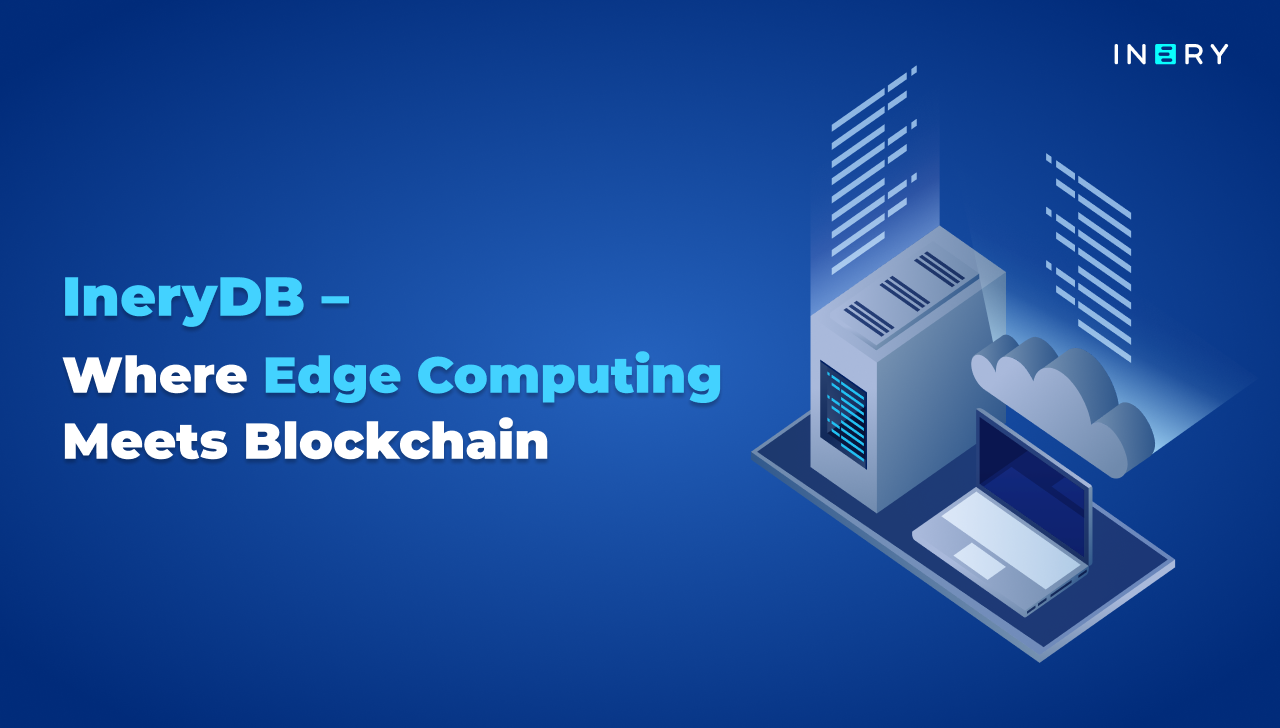
Share

Inery•
1 year ago
Building Trust in Digital Transactions: The Role of Decentralized Identity Systems
Learn how decentralized identity systems supported by blockchain, like Inery, provide a secure, private, and controlled way to manage digital identities and build trust online. ...READ MORE
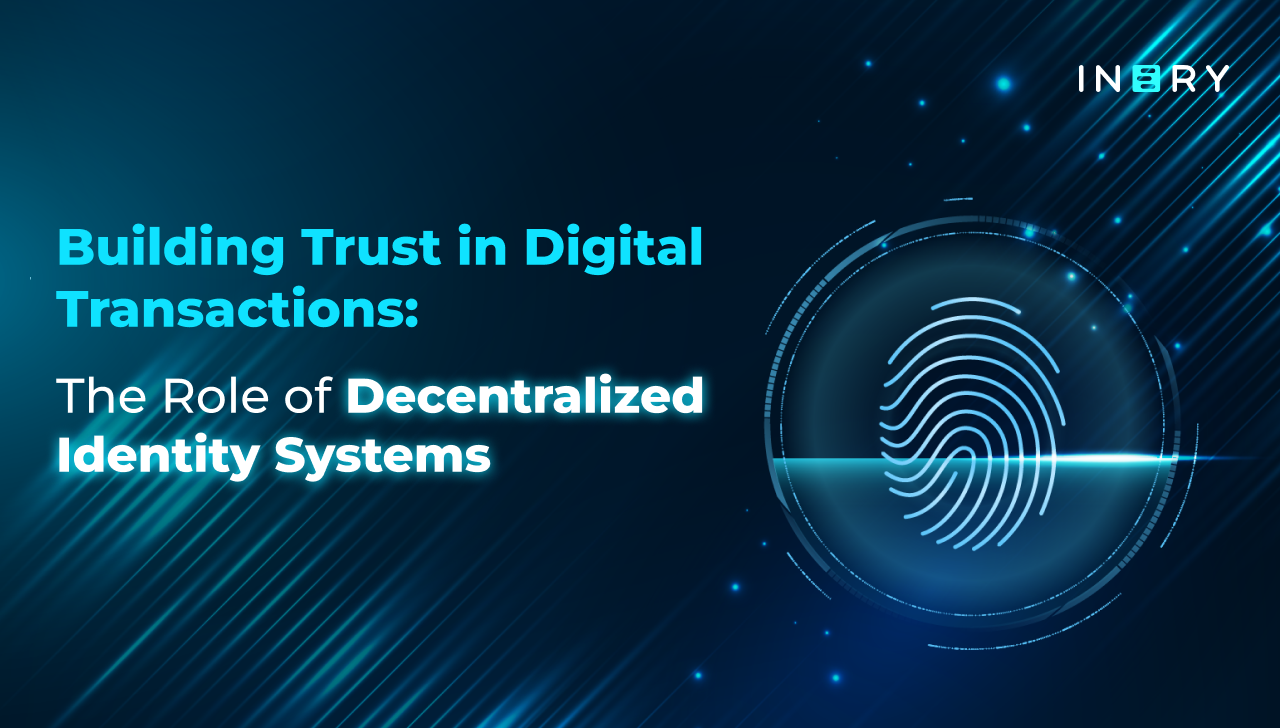
Share

Inery•
8 months ago
Data Lakes, Warehouses, and Everything In-Between: What’s Right for You?
Not all data storage is created equal. Explore the pros, pitfalls, and future of data architecture, and find out why Inery offers a new kind of control for modern organizations. ...READ MORE
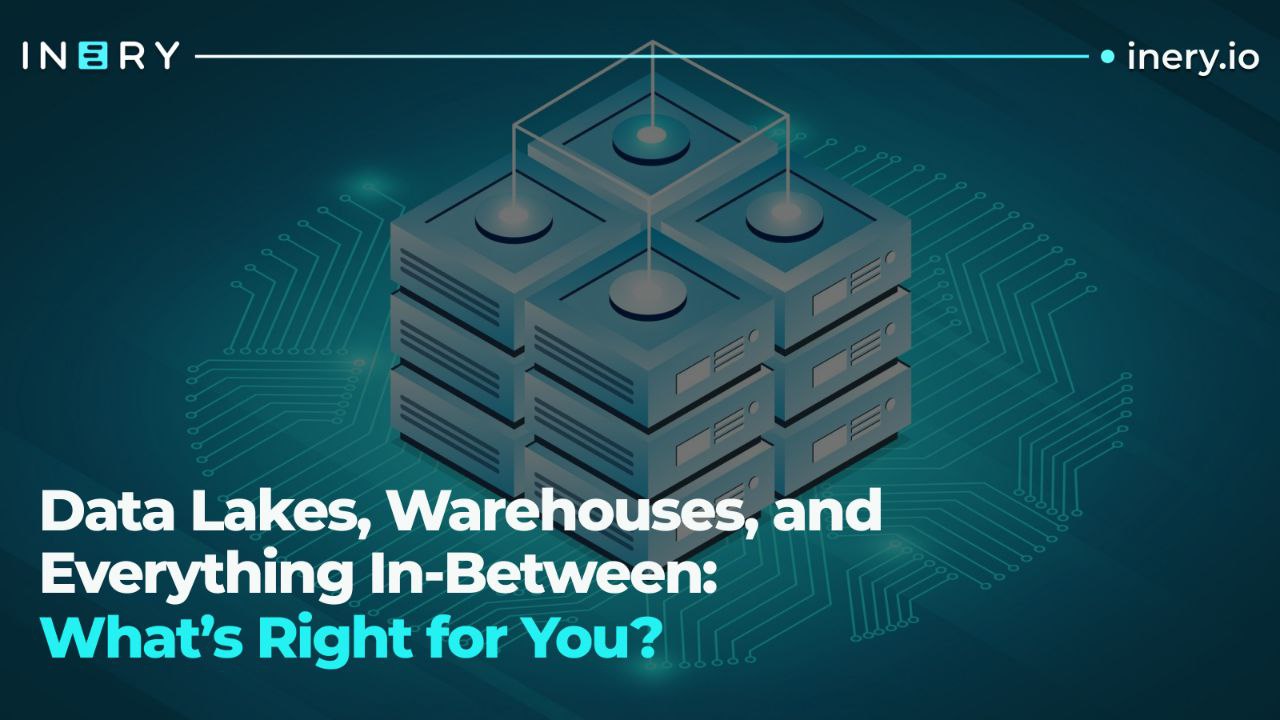
Share
Most popular today

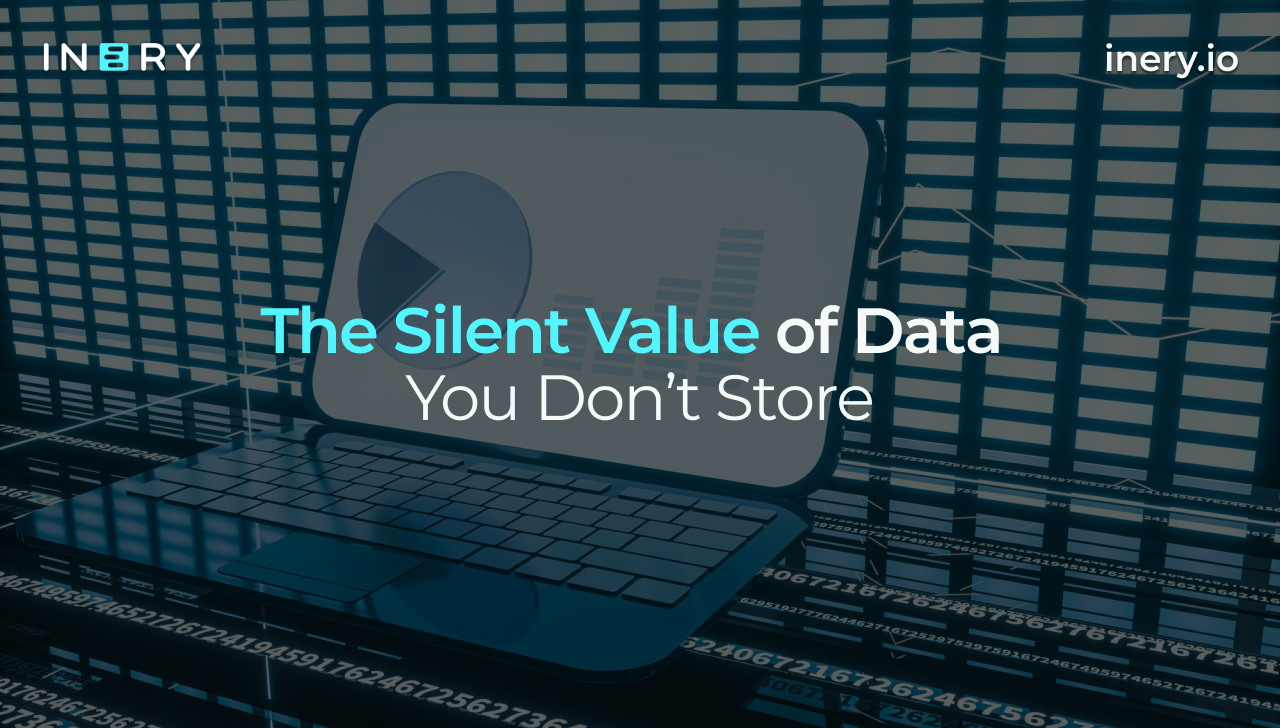
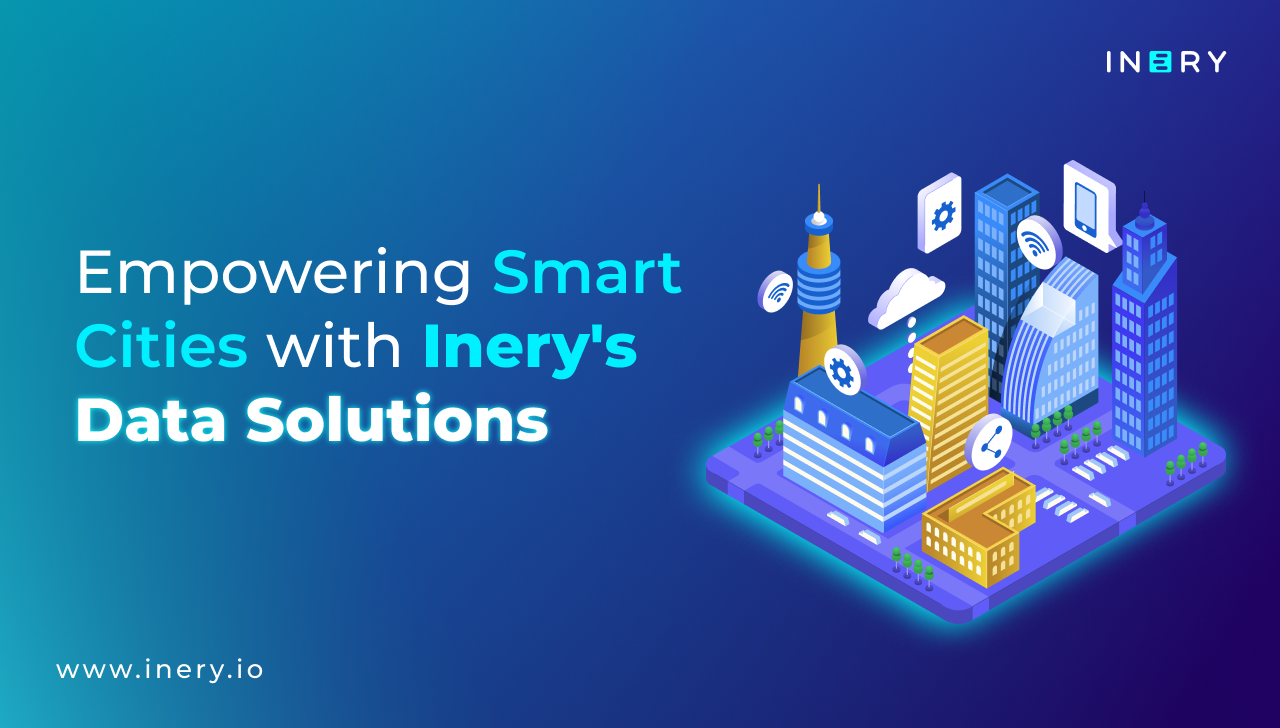
-1735212137.jpg)